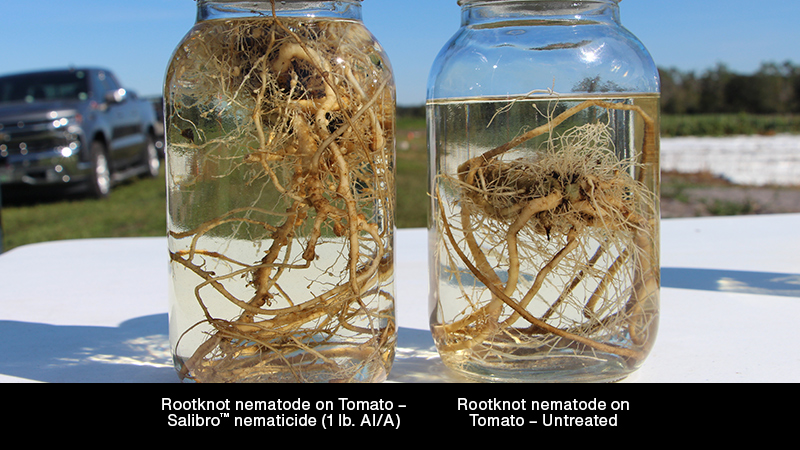Why a Booming Economy is Good and Bad for Florida Farmers
Florida’s economic fortunes have been bright since the rebound from the Great Recession of 2008. But, in the back of everyone’s mind, the question lingers: How long will the good times and growth roll?
With nearly 1,000 people moving into Florida every day, residential and commercial development is booming. That can be both good and bad for Florida’s specialty crop growers. The good being a large population of consumers that can be found nearby, and the development, which brings more value to the land. The bad being more farms converting into urban development.
Recently, I was riding with a grower through one of his fields not far from Plant City. The field was circled by homes, so I made the comment: “I bet it can be a hassle farming this close to so many houses.” He replied, “Yes, but it is nice knowing they are there.”
I interpreted the comment to mean because the houses were there that piece of land is worth a lot more than if it were out in the remote hinterlands of Florida. Of course, the proximity to growth means we are seeing some farmland convert into urban development, which is sad, but a fact of life. The good news is state and federal agencies are investing in conservation easements to preserve green spaces and agriculture. In 2017, 27 conservation easements were purchased in Florida totaling 26,833 acres valued at $60,592,597.
So, will the economy keep humming along? Most of what I read from economists seem to indicate yes, at least for the remainder of this year. The President’s tax cut and no state income tax in Florida is keeping the engine hot.
K.C. Conway, Director of Research and Corporate Engagement for the Alabama Center of Real Estate, recently spoke during the Lay of the Land Conference hosted by Coldwell Banker Commercial Saunders Real Estate. He said Florida’s economy has a lot going in its favor.
Job numbers are strong and consumer spending is good. Walmart’s fourth quarter earnings smashed expectations, and the retailer’s online sales jumped by 43%. He emphasized how this seismic shift to digital shopping is changing the landscape. Grocery pickup is now available in more than 2,100 Walmart stores, with nearly 800 offering delivery.
Five years ago, less than 5% of industrial warehouse space was going to companies in e-commerce and logistics. Last year, it was 20%.
“We are moving from a shop and take-home model to an order online and delivery model,” Conway noted. “Consumers aren’t going back to traditional retail any more than they are to traditional banking.”
He stressed growers should prepare for this changing landscape. Growers who can capitalize on the buy local movement and online retail will find new consumers and opportunities.
We all know the saying –– all good things must come to an end. That is true with the economy, and in fact, by historical standards we are past due for a recession. But what types of things could spur it along?
One would be for the Federal Reserve to hike interest rates again. After the last hikes had a negative impact, Conway said he hopes the Fed will be more reluctant to increase rates. Prolonged tariffs and trade disputes, more trouble over the border, and future government shutdowns also could slow the economy.
At $22 tillion, the unsustainable national debt is a growing concern.
“The line item growing the fastest in our federal budget is the net-interest on our national debt,” Conway said. “There is a day of reckoning coming.”










